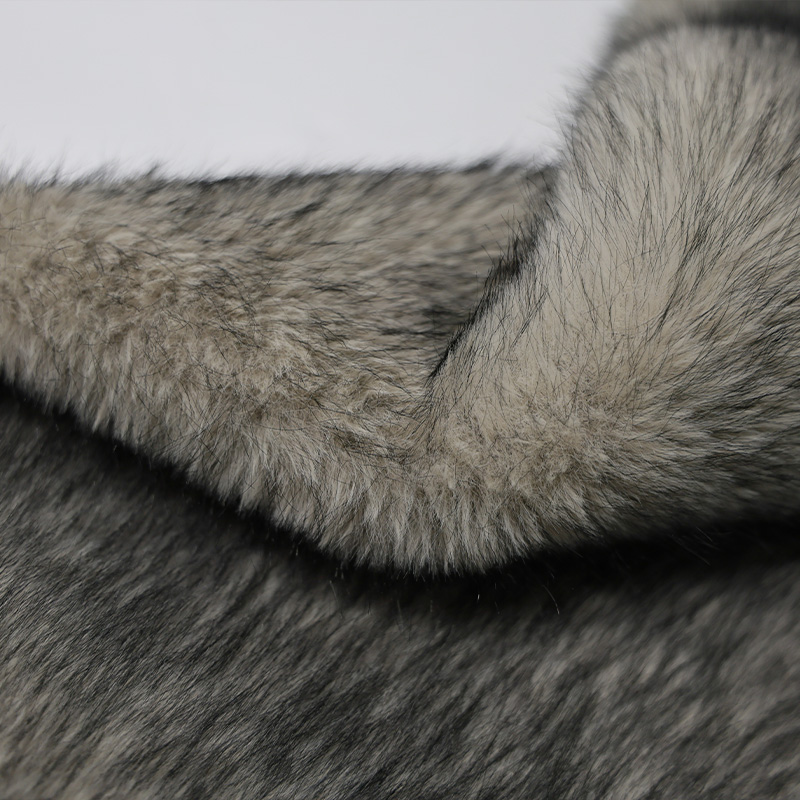











The fashion industry is constantly evolving, driven by shifts in consumer preferences, technological advancements, and emerging trends. One notable trend that has gained significant traction in recent years is the increasing use of artificial fox fur in fashion. This shift towards artificial materials is not just a matter of aesthetics; it is underpinned by a range of practical benefits that artificial fox fur offers to both designers and consumers.

One of the primary benefits of artificial fox fur is its cost-effectiveness. Natural fox fur is often seen as a luxury item, with prices that can be prohibitively high for many consumers. Artificial fox fur provides a more affordable alternative, allowing fashion enthusiasts to achieve a similar look and feel without the associated financial strain. This makes artificial fox fur a more accessible option, opening up new possibilities for designers to incorporate fur elements into their collections without pushing prices out of reach for the average consumer.
Moreover, artificial fox fur offers greater durability compared to natural fur. Natural fur can be delicate and prone to damage, requiring careful handling and maintenance. Artificial fur, on the other hand, is made from resilient materials that can withstand frequent wear and tear. This means that garments made from artificial fox fur are likely to retain their shape, texture, and appearance for longer periods, providing better value for money in the long run.
Another significant benefit of artificial fox fur is its versatility. Unlike natural fur, which is limited in terms of color and texture options, artificial fur can be customized to meet a wide range of fashion preferences. Manufacturers can produce artificial fox fur in various colors, lengths, and textures, enabling designers to create unique and eye-catching designs that cater to different tastes and occasions. This versatility makes artificial fox fur a versatile choice for both casual and formal wear, appealing to a broader audience.
Ease of care is another practical advantage of artificial fox fur. Natural fur requires special cleaning and storage methods to maintain its quality and appearance. In contrast, artificial fur can be cleaned and maintained using standard laundry practices, saving consumers both time and effort. This ease of care makes artificial fox fur a more practical choice for busy individuals who prioritize convenience and practicality in their fashion choices.
Furthermore, the use of artificial fox fur aligns with the growing trend towards ethical fashion. Concerns about animal welfare and sustainability have led many consumers to seek out cruelty-free alternatives to natural fur. Artificial fox fur provides a viable option that allows fashion lovers to embrace the aesthetic appeal of fur without compromising their ethical values.
In summary, the fashion industry is increasingly recognizing the benefits of artificial fox fur. Its cost-effectiveness, durability, versatility, ease of care, and ethical appeal make it a compelling choice for both designers and consumers. As the industry continues to evolve, artificial fox fur is poised to play a significant role in shaping future fashion trends.